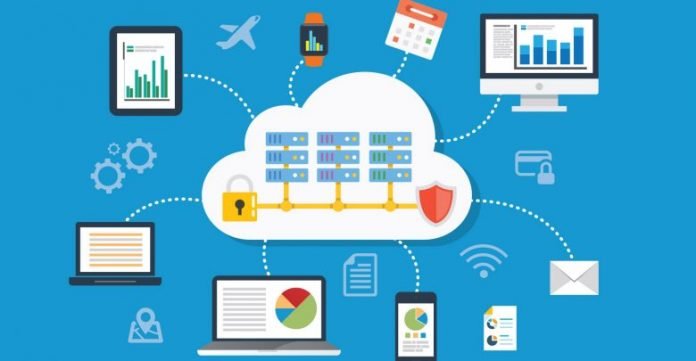Migrating from Excel spreadsheets to a digital accounting method or cloud accounting software can be extremely daunting, sort of like moving your office or moving homes. There is all that getting used to, getting set up, ensuring that nothing is left behind and that nobody is left behind when it comes to embracing the new tech.
Here is a handy guide on how to make the transition process smooth, efficient, and far less daunting for everyone in the mix.
Choose a truly convenient date for the shift
When you choose to go with cloud accounting software, the actual migration from excel to the new software is going to be possibly the most challenging phase of the whole process. Of course, it makes perfect logical sense to plan the transition period at the start of a new financial year. However, as most of you will agree, this part of the year already has far too many loose ends to be tied up and is a stressful period for nearly everyone in the business; the accountant or bookkeeper and company boss more than anyone else.
As a result, this might not be the ideal moment to try to usher in a drastic change – even if it is one that is going to make people’s lives a lot easier. Consider your business or sector’s shoulder period or slower months in the year, when you’re not running off your feet.
Here are some tips:
- Avoid busy periods and periods of high stress
- Pick a slower month
- Always zero in on a quarter-end or a month-end so that there is a clean cutoff date for the data
Evaluate whether you need to move accounting history
This is a rather complicated proposition and it might be best to rope in your accountant or bookkeeper (and investors if you already have those) when you are making this decision.
Your choices are either to move your entire accounting history or to simply start new opening balances. The most commonly chosen route is to save all the prior information of course, and only migrate information pertaining to uncleared transactions.
Some of the questions you should ask yourself – or work out with your accountant – are:
- How much do we need to reference old transactions/information internally?
- Do our investors really need to reference old information?
- What volume of prior financial data do we have?
- What volume of our information relates to uncleared transactions, or liabilities/receivables that are yet to be settled?
Prepare your data
Just like when you move from one smartphone to another and some audio files, videos and photos simply do not open, when you migrate to a cloud accounting software, some data formats might not work.
Some examples include character limits and how data is formatted. You might need to change a few things in order for a complete and seamless transition.
Try this method:
- Pick up a few lines of data from your excel spreadsheet and paste the information into the new software. Does all the information show up the same way? Observe and figure what changes need to be made. Do they make a difference in how clear the data is?
- Implement the changes to the data if it’s a bigger issue than just aesthetics
- Make a second attempt, just to double-check
Transition
Now that you’re ready – run both systems. Yes, both.
Alright! The big moment is here. Make that transition happen. However, run both systems alongside each other for a short period of time until you’re sure that the cloud accounting software is working perfectly and that all the data has been properly migrated.
Although this seems like you are doubling up, it can prevent a herculean effort at a later stage in case the cloud accounting software is not working as required. You may need to do this for about a week to a fortnight.
Opt for a free demo/hold a training
Once the new system is deployed, it might be very tempting to simply expect everyone in the organization to begin using it following a quick email updating them about the new software with a link to the website or training videos.
However, people are resistant to change. Hold a quick training and have an easygoing demonstration on how the new software works. Be sure to tell people how it will make their lives easier.
Launch the discussion by talking about their workplace challenges (hours spent on data entry; lack of on-the-go access to data; invoicing follow up etc) and then lead into how they can use the software to eliminate their challenges. Be sure to actually show team members how various tasks can be carried out. Scan a few documents in front of them and show them the digital text that they can obtain by using the cloud accounting software, for instance.




